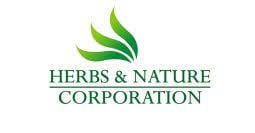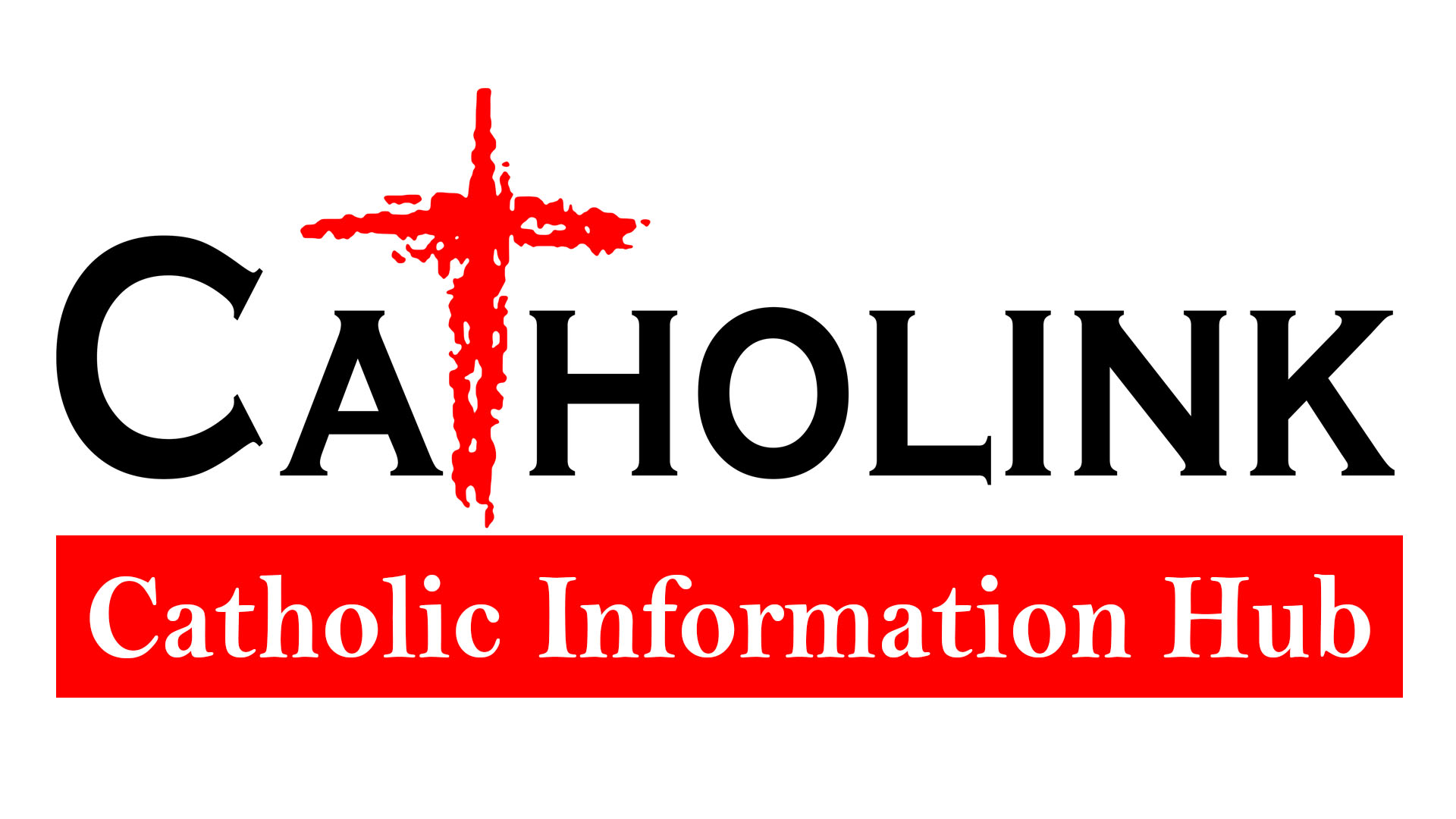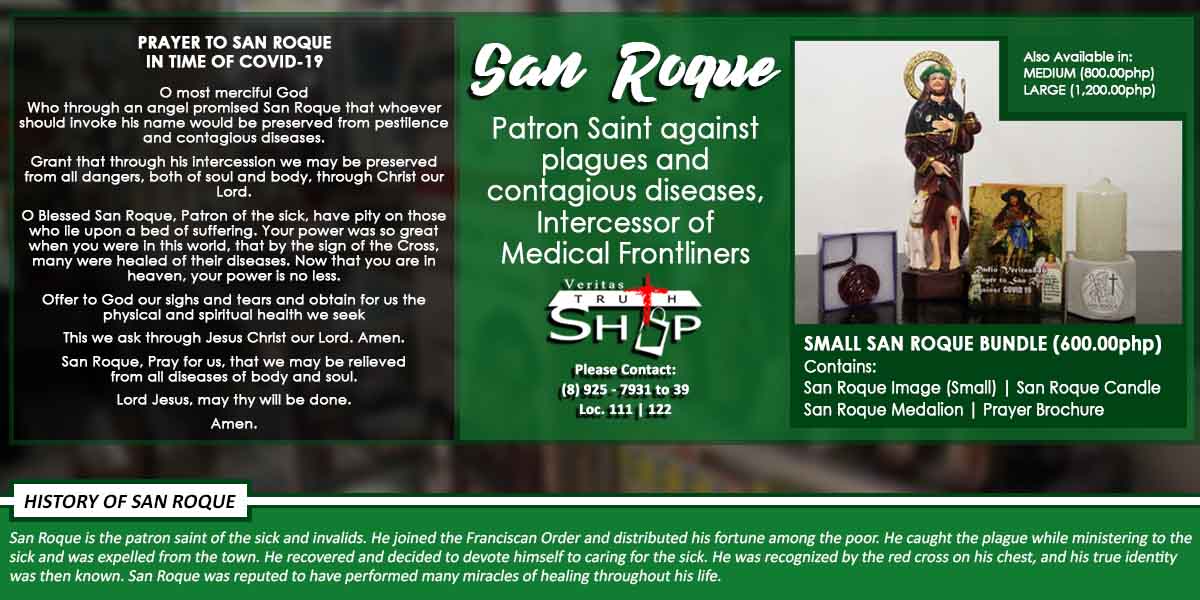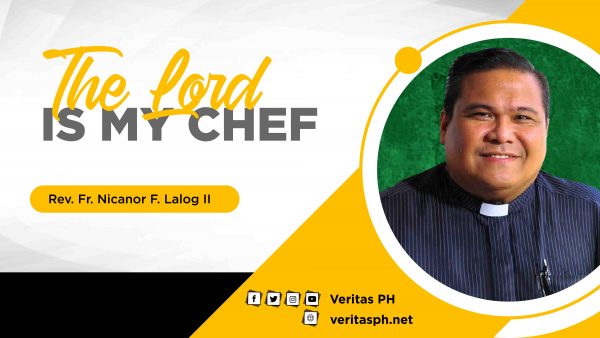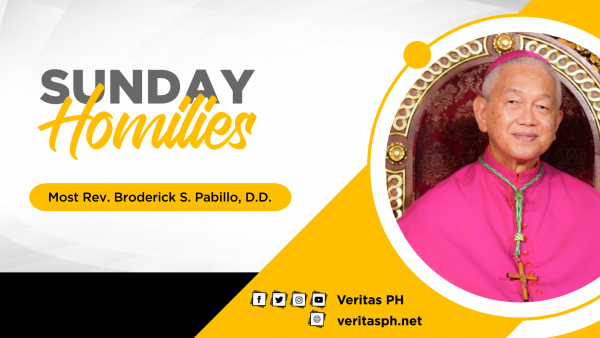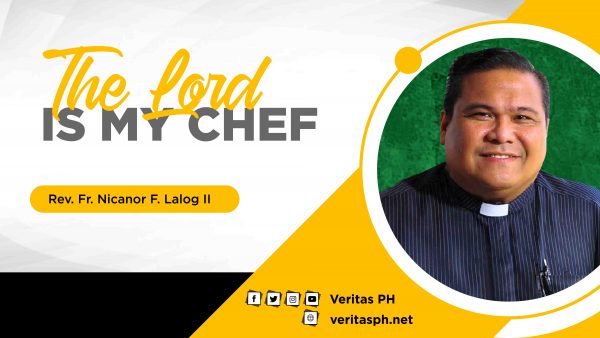281 total views

When talking about the body and blood of Christ the immediate biblical reference given is the Eucharistic institution found in Mt 26: 26-29; Mk 14: 22-25; and Lk 22:17-20, which is traced from what is considered the earliest version of the formula in 1 Cor 11:23-25.
Although the gospel of John seems silent about the institution, it has a rich resource on the mystery, nevertheless, in his Eucharistic discourse in Chapter 6, part of which is read in today’s feast, vv 51-58; (on the origin of the word Eucharist, cf s1S#34, 06/06/21).
The beginning verse of the reading is a transition from Jesus as God’s self-revelation, presented as the bread of life (v51a, sapiential motif), to Christ as the Eucharistic bread, where he speaks of giving ‘my flesh for the life of the world’ (v51b, sacramental motif). These two motifs are further distinguished with the use of the verb to eat. The first is ‘ phagō ‘ (φάγω) in vv. 5, 26,31,49-53 and the other is ‘ trōgō ‘ (τρώγω) in vv. 54, 56-58. Both are translated ‘eat’, but John’s use of the terms implies different nuances and references. The first verb (phagō) used in the discourse refers to eating in what could be considered symbolical because the object is the bread from heaven, which signifies primarily the very revelation, or divine word or instruction which Jesus spoke and given to men by and in Jesus. Thus this is considered the sapiential motif of the discourse. In the latter part of the discourse the verb (trōgō) literally means ‘gnaw’, or ‘munch’, a rather crude connotation, which in secular Greek was originally used of animals though later on was used of human eating as well. The choice of this verb is considered John’s attempt to emphasize the realism of the Eucharistic flesh and blood. Thus the sacramental or precisely the Eucharistic motif of the discourse where Jesus is insisting the genuine value of his flesh and blood as food and drink. The verb will only appear again in the context of the Last Supper, John 13:18; (for the sacramental motif in Lk, cf s1S#90, 06/19/22).
As we celebrate the feast of the Body and Blood of Christ, the wonderful sacrament he left us as a memorial of his passion, let us continue to receive him worthily that we may experience the fruits of his redemption and be nourished by the bread that gives eternal life. And may we live, too, a Eucharistic life, always grateful to God’s blessings and share them to others in loving service. Amen.
Give Thanks
“…what could allude to the Eucharist as celebrated today is the verbal form of the word (‘eucharisteō’) found in the narrative of the institution of the Eucharist: 1 Cor 11:23-25; Mt 26: 26-29; Mk 14: 22-25; Lk 22:17-20, where Jesus “gave thanks”.
Jesus chose the precise time of the Passover, (the feast when the Jews remember the saving acts of God and thank him for his gratuitous covenant with them as his people), to institute the Holy Eucharist. At the Last Supper, he took bread and wine, declaring them his Body and Blood, and anticipated his death on the Cross, his passing over to the Father. It is the New Passover. By our partaking of the Body and Blood of Christ, we share in the New Passover of Christ. We pass over from sin to grace, from death to life….”
Fragments
….In the Lucan narrative of the multiplication of the loaves (9:11-17), the Eucharistic motif is strongly imprinted. Although there is mention of both loaves and fish, it is the bread that is, predominant even to the collection of the “fragments”, klasmata, (κλασμάτα) v17. This term became the technical expression for the Eucharistic bread. Thus the “breaking of the bread” is used before it is referred to as the Eucharist, (cf Acts 2:46). The action of Jesus in ‘taking, blessing, breaking, and giving’ (v16), reproduces the almost exactly the last supper formula (22:19), and the Emmaus meal (24:230)…



